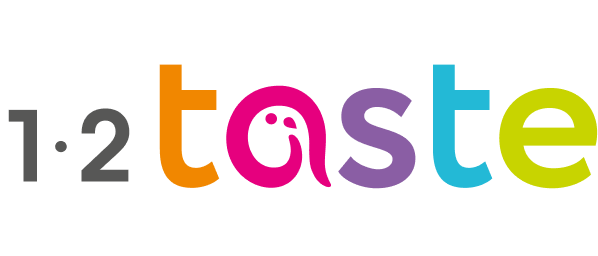What is natural Edam?
Natural Edam is a semi-hard cheese traditionally made from partially skimmed cow’s milk. It hails from the Netherlands and is known for its mild, slightly nutty flavour and smooth, pale-yellow interior. Unlike processed cheese or alternatives, natural Edam retains its authentic dairy goodness and nutritional integrity.
A brief history of Edam cheese
Named after the Dutch town of Edam, this cheese has been produced since the 14th century. Its signature red wax coating was once a practical solution for preserving it during long voyages. Over the centuries, Edam evolved from a sailor’s staple to a global favorite.
How natural Edam differs from processed cheese
You might be thinking, “Isn’t all cheese more or less the same?” Not quite. Natural Edam is made with real milk and enzymes, not emulsifiers or artificial additives like some processed options. That means better flavour, better meltability, and a cleaner label—three things food developers love.
Nutritional profile of natural Edam
Natural Edam isn’t just tasty—it’s packed with protein, calcium, and essential vitamins like B12. With lower fat content than many full-fat cheeses, it appeals to health-conscious consumers without compromising on taste or texture.
Health benefits of natural Edam
- High in protein: Great for satiety and muscle repair.
- Good source of calcium: Supports bone health.
- Lower fat option: Edam typically contains 25-28% milk fat, less than cheddar.
- Naturally gluten-free & keto-friendly: A plus in today’s diet culture.
Comparison with other cheese alternatives
In the hunt for cheese alternatives, many food brands lean towards plant-based or highly processed options. But here’s the catch: those often fall short on taste or texture. Natural Edam offers a happy medium—real cheese that aligns with modern food values.
Why food manufacturers love natural Edam
There’s a reason this cheese is trending again in the industrial food space. It offers:
Flavour versatility & texture
Its mellow flavour blends easily into everything from gourmet burgers to microwaveable pasta bakes. Plus, it melts beautifully, offering that stretchy, creamy consistency consumers crave.
Shelf life & processing efficiency
Natural Edam has a longer shelf life than many fresh cheeses and holds up well in high-volume production settings—whether shredded, cubed, or melted.
Modern applications in food product development
Let’s talk real-world usage. Natural Edam is showing up in some surprising (and smart) places:
In ready meals & frozen foods
Think lasagna, pizza, pasta, or gratin dishes. Edam’s smooth melt and mild taste enhance these dishes without overpowering them—perfect for mass appeal.
Snacks, sauces & dips
Looking to develop kid-friendly snacks or low-fat cheese sauces? Edam is your best friend. It offers creamy consistency without the greasiness of high-fat cheeses.
Replacing liquid cheddar in recipes
Here’s where things get interesting. Liquid cheddar has long been the go-to in processed food, but many brands are now switching to natural Edam for a more authentic, less processed feel. It’s ideal for food manufacturers wanting to modernize their product lines.
Natural Edam in vegan & flexitarian lines
Oddly enough, natural cheese can play a role even in flexitarian or hybrid products. Blending real Edam with plant-based ingredients offers the perfect taste bridge for consumers transitioning to meatless options.
Cost-effectiveness for large-scale production
Cost always matters in food production. Edam’s longer shelf life and stable melting properties reduce spoilage and improve yield. It also mixes well with other cheeses, letting you optimize recipes without sacrificing flavour or quality.
Sustainability & clean label appeal
Today’s consumer reads the label—and they’re picky. Natural Edam delivers a short, recognizable ingredient list. Plus, more suppliers are offering sustainable, hormone-free milk sourcing options to meet environmental standards.
Consumer trends and preferences
- 70% of consumers prefer clean label cheese products
- 55% are actively reducing processed foods
- 40% are exploring cheese alternatives, but still crave dairy flavour
Natural Edam fits squarely into this evolving landscape.
Final thoughts
Natural Edam is more than just a legacy cheese—it’s a future-forward ingredient. Whether you’re developing the next frozen hit, innovating snack packs, or replacing liquid cheddar, Edam delivers on taste, texture, and trust. As consumers crave clean labels and manufacturers seek efficiency, this classic cheese proves it still has plenty to offer. Ready to rethink your dairy game?

